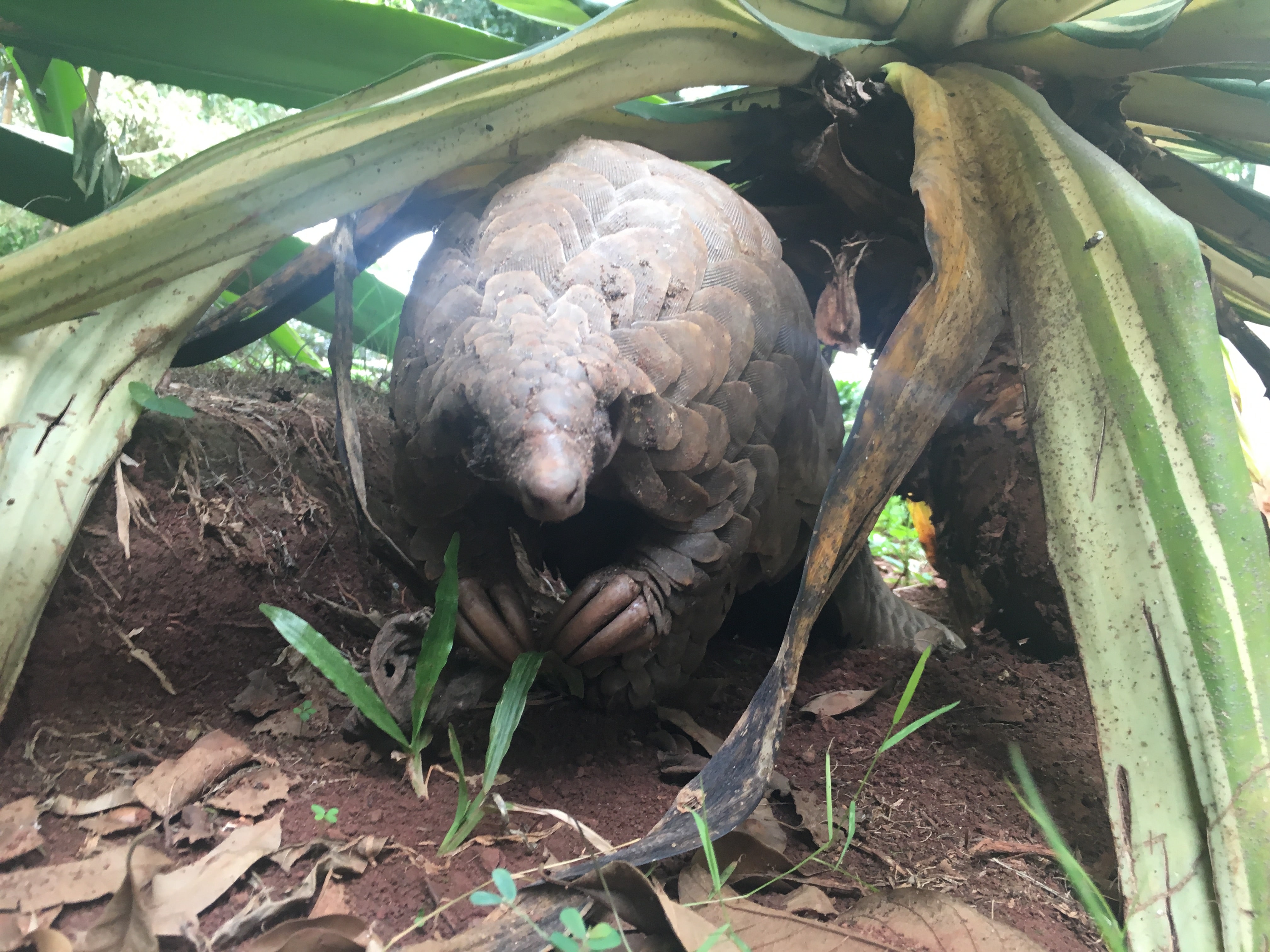- Threatened species conservation
- Bénéficiaire ABOYERD - Agriculture and Bio-conservation Organization for Youth Empowerment and Rural Development
- Montant du projet 71 090 €
- Subventions FFEM 35 031€
-
État du projet achevé
The MDNP with a 416 000 ha surface area is located in central Cameroon on the southern slopes of the Adamaoua plateau and at the northern limits of the closed canopy humid forest of the Congo basin. The Park is located approximately 260 km from Yaounde and over 500 km from Dschang (location of executing organization’s head office). The MDNP has the greatest habitat diversity of any protected area in Cameroon and harbors a host of species of global conservation concern including about 60 mammal species amongst which are the Central chimpanzee (Pan troglodytes troglodytes), African elephant (Loxodonta Africana), Giant pangolin (Smutsia gigantea), African forest buffalo (Syncerus caffer nanus), Leopard (Panthera pardis) and several species of antelope and well over 360 and 30 species of birds and fish respectively.
This project which targets students, farmers, hunters, cattle herders/owners and the general public will involve 7 villages surrounding the Park (northern, western and southern limits). The government of Cameroon created the MDNP in 2 000 to conserve the natural richness and to promote tourism in The Mbam and Djerem Conservation Region. However, multiple users remain interested in park resources for consumptive purposes, including poachers, illegal timber exploiters, and transhumant herders moving to dry season pastures. This IUCN Species Survival Commission Pangolin Specialist Group Conservation Action Plan strongly recommends research aimed at improving knowledge on home range, movement, and distribution of pangolins through time, and population dynamics as priority action for the conservation of the species. The purpose of the project is to support the conservation of the globally threatened giant pangolin, its habitats and associated wildlife species in and around the MDNP, while improving the livelihoods of indigenous communities around the park.
